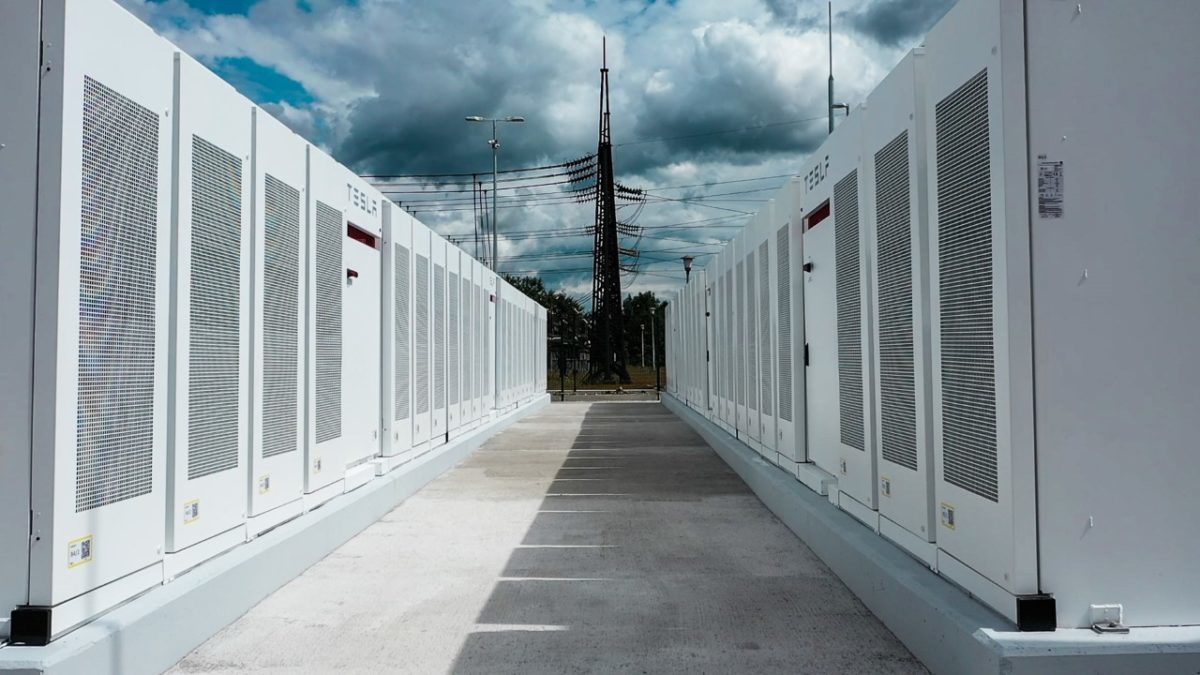From pv magazine International
The battery in a gas-guzzling car is usually a lead-acid device and the battery in a laptop is lithium-ion. The different chemistries offer unique advantages and disadvantages which make them more or less suitable for each application, which is why the industry prefers one type over another.
With grid-level storage just entering widespread use, that level of learning has not yet been made so developers still have to take car deciding which type of battery to use and researchers from China’s Tianjin University have attempted to help them.
The group examined lead-acid, lithium-ion, zinc-air, nickel/metal-hydrogen and sodium-sulfur batteries to assess their properties in terms of round-trip efficiency, specific energy and capacity, operating voltage, cycling life, self-discharge performance, cost, environmental impact and safety.
Leading the pack, according to the resulting study, were zinc-air batteries. In their findings, the researchers noted zinc-air devices had relatively high specific energy and capacity. With the chemistry based on zinc electrodes and free-oxygen fuel from the atmosphere, such devices also scored highly on cost, safety and eco-friendliness.
To read the full story, please visit our pv magazine International website.
This content is protected by copyright and may not be reused. If you want to cooperate with us and would like to reuse some of our content, please contact: editors@pv-magazine.com.









By submitting this form you agree to pv magazine using your data for the purposes of publishing your comment.
Your personal data will only be disclosed or otherwise transmitted to third parties for the purposes of spam filtering or if this is necessary for technical maintenance of the website. Any other transfer to third parties will not take place unless this is justified on the basis of applicable data protection regulations or if pv magazine is legally obliged to do so.
You may revoke this consent at any time with effect for the future, in which case your personal data will be deleted immediately. Otherwise, your data will be deleted if pv magazine has processed your request or the purpose of data storage is fulfilled.
Further information on data privacy can be found in our Data Protection Policy.